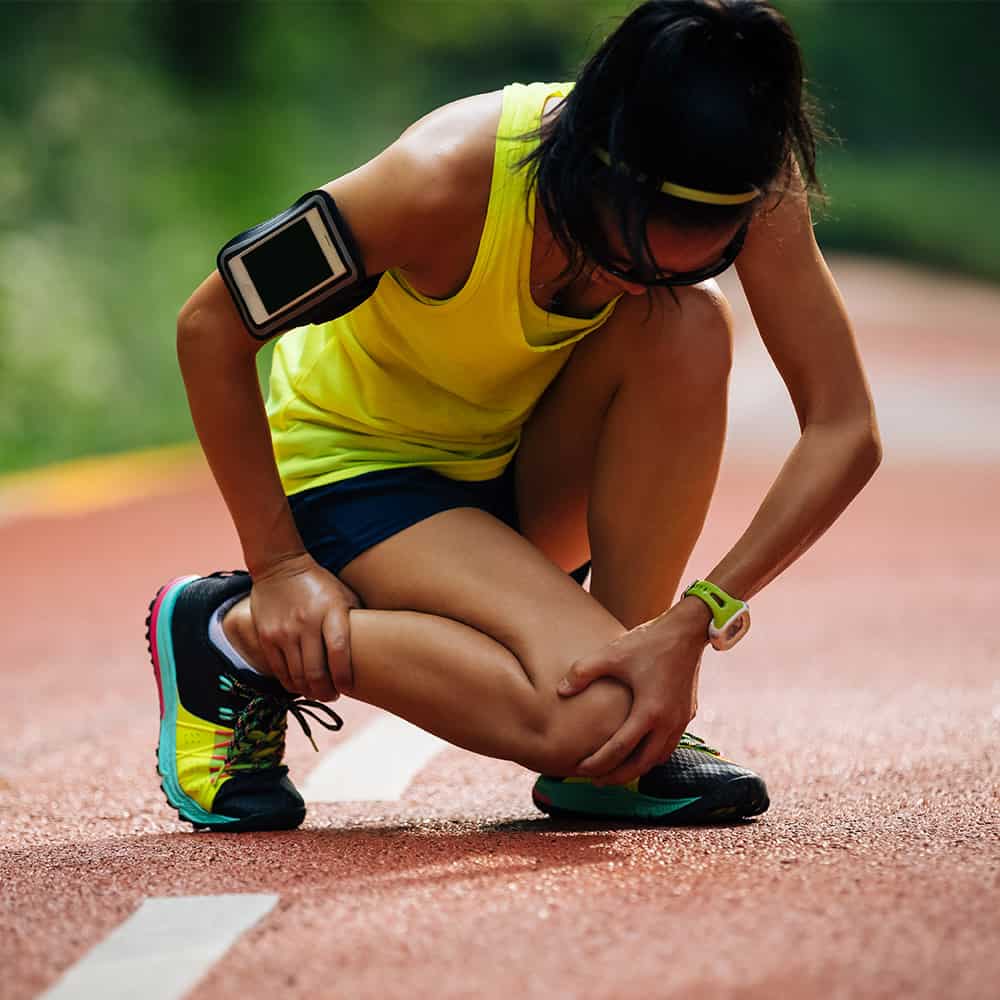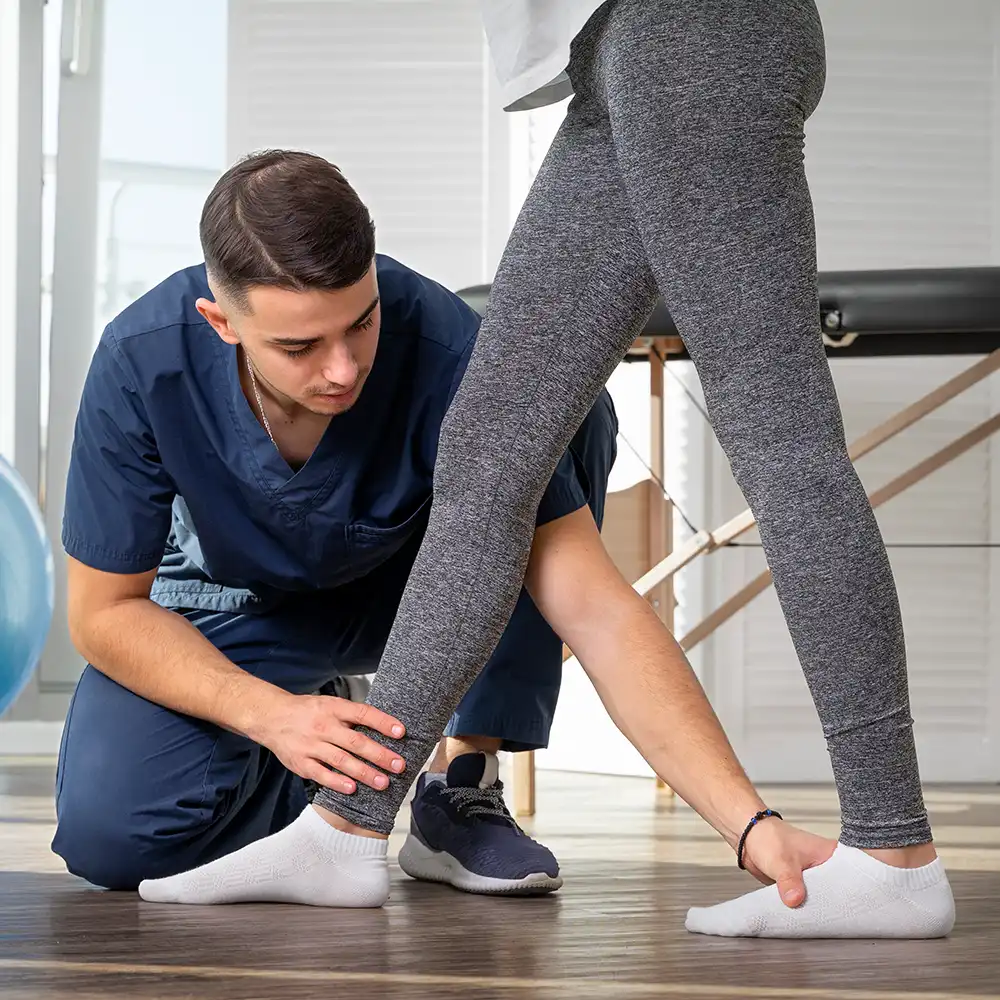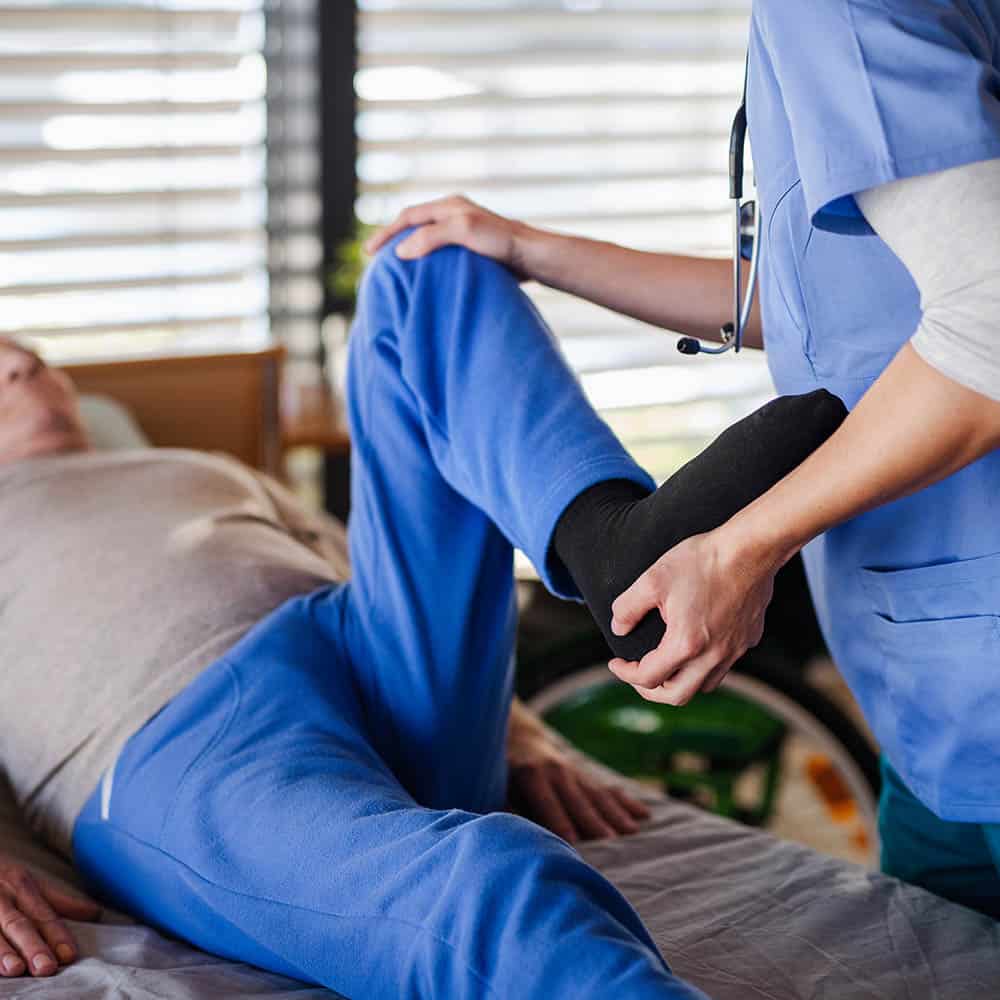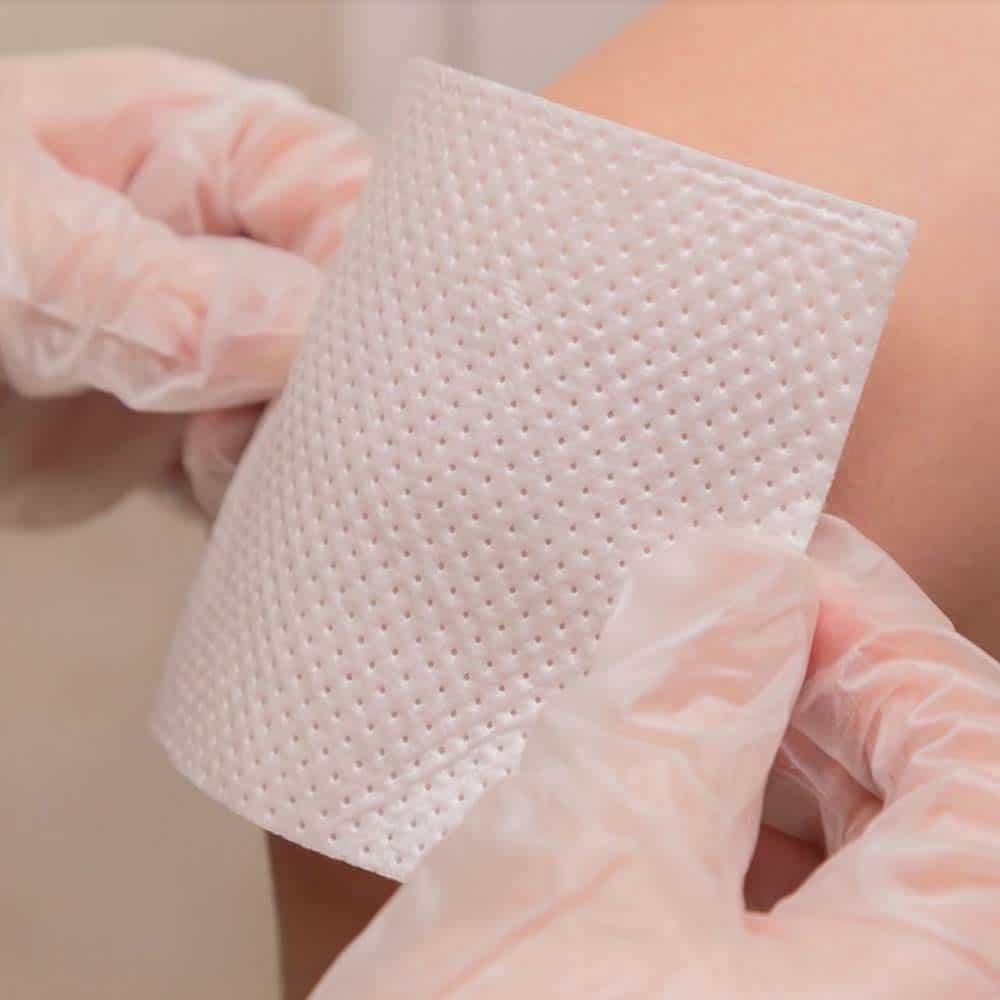ACL Physiotherapy & Rehabilitation: Advanced Injury Recovery
Comprehensive ACL Physiotherapy Injury & Rehab (ACL Rehab) Treatment in Ottawa
-
Comprehensive ACL Rehabilitation
From injury diagnosis to full recovery.
-
Pre & Post-Surgical Care
Optimized physiotherapy to enhance surgical success.
-
Advanced Techniques & Equipment
Personalized treatment plans for faster healing.


A torn anterior cruciate ligament tear (ACL) – sometimes a complete acl rupture – can be life-altering, affecting your mobility and quality of life. Research shows that injury to the ACL is particularly concerning, especially as ACL are relatively common knee injuries. It is widely accepted that a torn ACL requires prompt and specialized treatment. Whether you’ve suffered an ACL tear from sports, an accident, or daily activities, our expert Ottawa ACL physiotherapy team at Kent Chiro-Med Wellness Clinic is here to help. We offer tailored rehabilitation programs, pre/post-surgical care, and cutting-edge treatment techniques to restore your strength and confidence.
The Anterior Cruciate Ligament (ACL) is vital for knee stability. Our ACL physiotherapy approach combines specialized rehabilitation exercises and innovative treatment protocols, including dedicated pre and post ACL surgery care, ensuring a robust recovery and reduced risk of re-injury.
If you are a sports fan, you might cringe at the thought of an ACL tear as it has ended the career of many brilliant athletes. However, anyone can suffer from this injury, even teens playing sports in high school or the average person going on a hike.
Our expert Chiropractors and Physiotherapists at Kent Chiro-Med Wellness Clinic (downtown Ottawa) routinely diagnose and treat torn or injured ACLs. Many patients rely on our expertise to achieve the following rehabilitation goals:
- Regain range of motion and joint stability
- Recover muscle strength
- Reach the best possible functional level
- Decrease the risk for re-injury
- Pre and Post Surgical interventions to optimize surgical success

Phases of ACL Rehabilitation & Treatment Guidelines
Our treatment journey is divided into clear, progressive phases – each representing a distinct rehabilitation phase:
- Immediate Post-Injury Phase: Focus on reducing pain, swelling, and protecting the knee with low-impact exercises.
- Pre-Surgical Rehabilitation: For those preparing for ACL surgery, emphasizing targeted rehabilitation exercises and strengthening protocols.
- Post-Surgical Rehabilitation: A comprehensive rehabilitation program incorporating ACL loading techniques, aquatherapy in ACL, and custom rehabilitation protocols to promote effective healing.
- Long-Term Recovery: Ongoing support and advanced rehabilitation guidelines to maintain muscle strength and prevent future injuries, including careful monitoring following ACL reconstruction and ACL graft integration.
Our tailored rehabilitation protocol guides every stage, and in cases the ACL rehabilitation program is adjusted according to a strict guideline on rehabilitation after anterior procedures. We even offer an early rehabilitation program with immediate training – essentially a rehabilitation program with immediate training – all within our clearly defined ACL rehabilitation guidelines.
Does an ACL Injury Require Medical Care?
An ACL injury isn’t just a simple knee problem—it affects your mobility, stability, and long-term joint health. Research shows that ACL injuries increase the risk of knee osteoarthritis and can lead to further joint degeneration if left untreated. Early ACL physiotherapy and rehabilitation are crucial to restoring knee function and preventing future complications.
ACL injuries require thorough treatment and expert care. One risk factor for ACL injury is improper landing technique, and many patients are at risk of suffering an ACL when involved in high-impact activities. In some cases, ACL injury as well as associated damages are identified by our diagnostic tool to assess ACL integrity – a reliable tool to assess ACL integrity that leads to a precise follow up examination after ACL treatment.
For those needing surgery, our specialists guide you through acl reconstruction surgery and explain when would ACL reconstruction be performed. We address both non-surgical management after an ACL injury and management after an ACL tear. Our experts also revisit the efficacy of ACL interventions, taking into account important predictive values for ACL recovery and offering surgery in conjunction with an ACL injury when necessary.
In cases where a complete tear of the ACL is confirmed, we monitor for excessive anterior tibial translation or ACL stress, and during recovery, careful observation of tibial translation or ACL graft and translation or ACL graft strain is essential.
Consider these facts:
If you don’t want to be a part of the above-mentioned statistics, keep reading to find out about the causes, symptoms, and our expert care and treatment facilities for ACL injury.

- Every year, there are 100,000 to 200,000 ACL ruptures in the United States.
- Around 100,000 ACL injuries require reconstruction surgery and Physiotherapy.
- Women are at 2 to 10 times greater risk of getting an ACL injury than men.
- The failure rate of ACL surgery is between 5% to 10%. The people who do not follow up on the rehabilitation schedule for 6 to 12 months often do not acquire the same level of physical activity.

How Does an ACL Injury Take Place?
The Posterior Cruciate Ligament (PCL), along with the Anterior Cruciate Ligament (ACL), connects the thigh bone (femur) to your shin bone (tibia). Recognizing the type of injury and the mechanism of ACL damage can help in customizing your treatment for anterior cruciate ligament injuries.
ACL injuries occur in several ways, and while injuries to the ACL rarely happen in isolation – in fact, ACL rarely occur in isolation – they can be triggered when excessive force is applied, such as when rotation could trigger an ACL injury or excessive anterior tibial translation or ACL stress is experienced.
They may result from:
- Changing direction fast
- Sudden Halting
- A misstep that may result in an acl tear
- Wrong posture while landing from a jump
- Direct contact or collision
Common Symptoms of ACL Injury
- Severe knee pain
- Knee swelling
- Limited range of motion,
- Knee instability when trying to bear weight.
- Knee stiffness or feeling of locking
- Creaking, clicking, and popping in the knee joint
Risk Factors & Injury Prevention:
Understanding the risk factors for ACL injury—including improper landing techniques and overexertion—is crucial. One major risk factor for ACL injury is the biomechanical imbalance seen in cruciate ligament injury in female athletes. Incorporating an acl injury prevention program and participating in exercise-based knee injury prevention programs can significantly reduce further injuries.
We also educate patients on comprehensive injury prevention strategies and continually assess the efficacy of ACL injury prevention measures. Our experts evaluate risk factors for non-contact ACL injuries and design strategies to prevent ACL damage. In addition, tailored programs are implemented that programs may help reduce ACL injuries, ensuring that our interventions may help reduce ACL injuries over time.

Why Choose Kent Chiro-Med Wellness Clinic
for ACL Treatment?
Our approach involves a comprehensive ACL physiotherapy treatment that guides each person with an ACL injury through every stage. Our program, aimed at physiotherapy and physical recovery, is developed by expert physiotherapy and physical therapy clinicians. We assist you in deciding for or against ACL surgery based on your specific needs, ensuring maximum treatment value after an ACL injury.
Visit our downtown Ottawa location for treatment options. We pride ourselves on our treatment facilities and expertise, which can help you as follows:
Accurate Diagnosis:
Holistic Treatment Approach:
We take an interdisciplinary approach to treating ACL sprain. Our physical therapists and rehabilitation professionals join hands with your orthopedic surgeon to decide the best course of post-surgical follow-up treatment.
Individualized Solutions for Each Patient:
Faster Recovery and Prevention:
Safe for Teens and Growing Children:
Treatment and Prevention Options
Treatment of ACL
Treatment for ACL tears ranges from wearing a knee brace and physical therapy to surgery, depending on your situation
Nonsurgical Treatment
Prior to surgery Orthopaedic Surgeons will recommend you to work with a health care practitioner to rehab the knee as much as possible in a non-invasive way through a specialized treatment plan. Our Physiotherapists and Chiropractors may include a combination of the following methods in your treatment plan:
- Manual therapy
- Targeted exercises
- Muscle coordination
- Balance exercises
- Acupuncture
- Shockwave Therapy
- Range of motion mobility
These therapies and targeted exercises aim to recover your muscular strength for relief and the fastest recovery.


After ACL Surgery
A complete tear of the ACL – or, as we sometimes note, acl has a complete rupture – often requires reconstructive surgery. ACL surgery and ACL reconstruction involve replacing the torn ligament with a tendon—often referred to as an acl graft—to restore knee stability. In some cases, the surgical team is able to anatomically reconstruct the torn ACL, ensuring optimal alignment and a strong new ACL.
This forms a critical part of our structured rehabilitation process before and after the operation. Care is taken to secure the femoral attachment of the ACL during surgery, and patients are monitored for tibial translation or ACL graft strain. We typically initiate a rehabilitation program with immediate training – an early rehabilitation program with immediate exercises – to kick-start recovery following ACL reconstruction.
Our process integrates manual therapy and teaching exercises along with additional therapy and teaching exercises adding value to the recovery plan. Our team acknowledges that ACL reconstruction has undergone considerable advancements over recent years, and we guide patients in surgery and understand the rehabilitation journey in conjunction with an ACL injury. Finally, we offer advice on anterior cruciate ligament injury prevention to help maintain long-term knee health.
Physiotherapy is a crucial part of the rehabilitation process before and after surgery to ensure you attain the best recovery possible. We work closely with the surgeon to follow protocols and restore range of motion, strength, and muscle coordination throughout the recovery process.
Aquatherapy in ACL Rehabilitation
Enhance Recovery with Aquatherapy
Integrating aquatherapy in ACL rehabilitation provides a low-impact environment ideal for rehabilitation exercises. The use of aquatherapy in acl is proven to enhance joint mobility and accelerate recovery. This innovative treatment modality reduces knee stress while promoting improved joint mobility and faster recovery, making it a valuable addition to your overall rehabilitation program.

Prevention from Further ACL Injuries
When it comes to a knee injury, we believe that prevention is better than cure. Even after surgery and rehabilitation, the repaired or grafted ACL is much less stable than the original ACL, so is often re-torn quite easily. Engaging in acl injury prevention training programs is essential to maintain knee stability and long-term joint health. According to research, “26% of the risk of injury could be prevented by specific exercise programs for ensuring knee stability and recovering injured knees.”
At Kent Chiro-Med Wellness Clinic, we are dedicated not only to helping you recover from your anterior cruciate ligament injury, but we are also able to help you prevent further injuries from occurring in the future through in-depth assessments and testing to gauge your risk of injury.
Are You Ready To Live a Pain-Free Life?
Recovering your muscle strength after ACL treatment is a time-taking process.
To get the best possible treatment:
- Follow-up visits and physical therapy appointments.
- Follow-up the instructions for at-home exercises.
Ready for your first treatment? Don’t delay any further.
